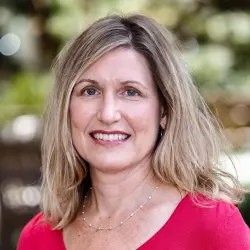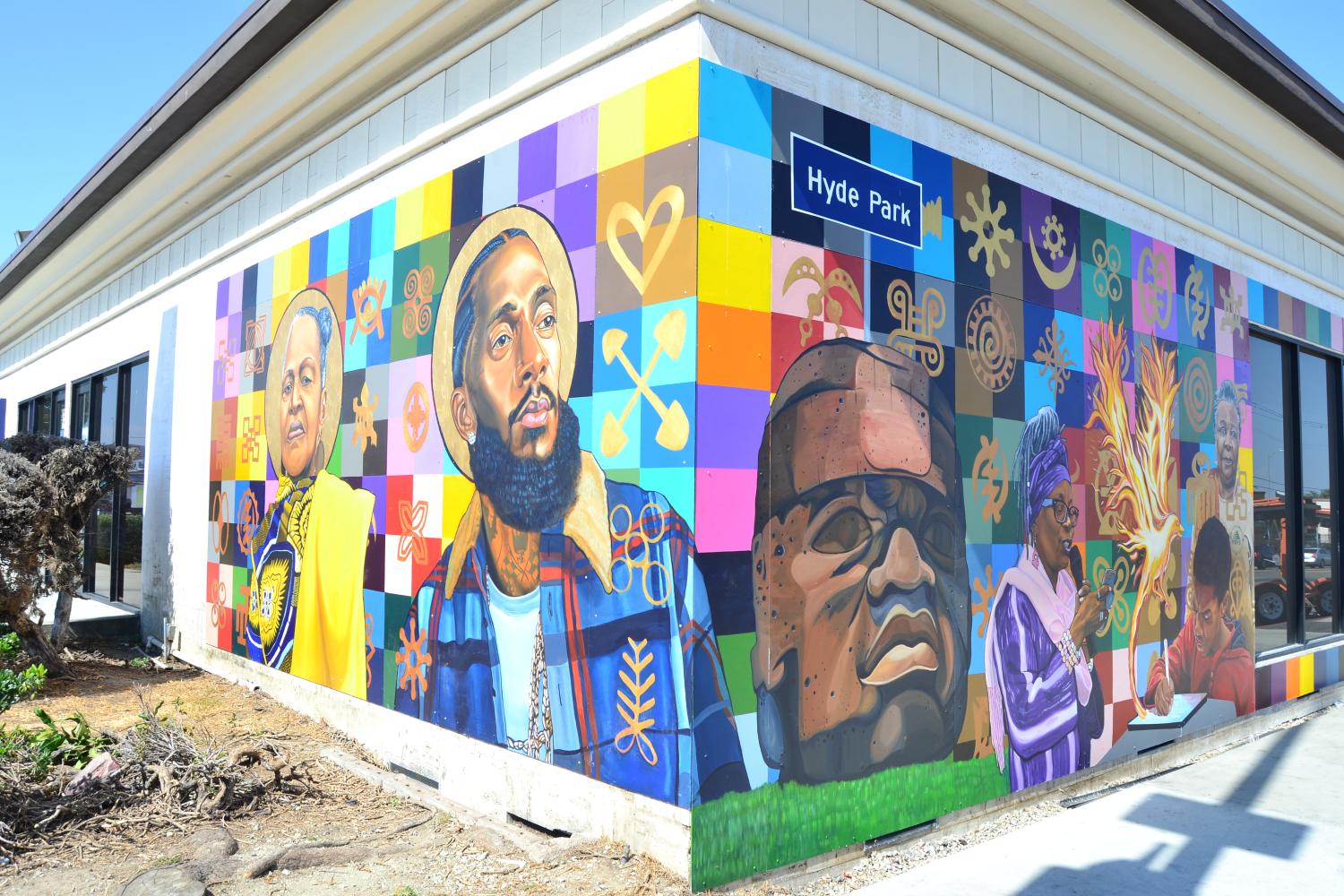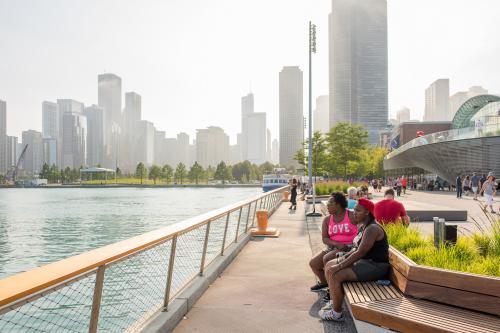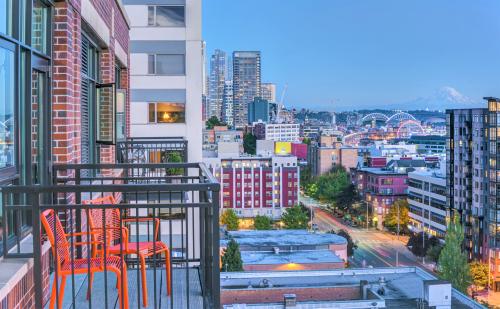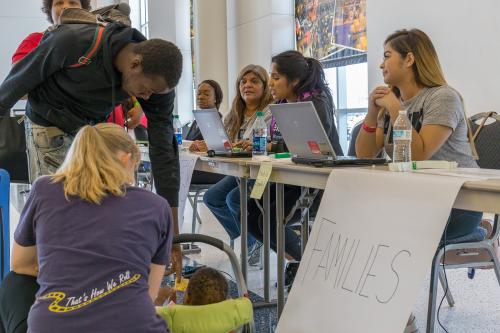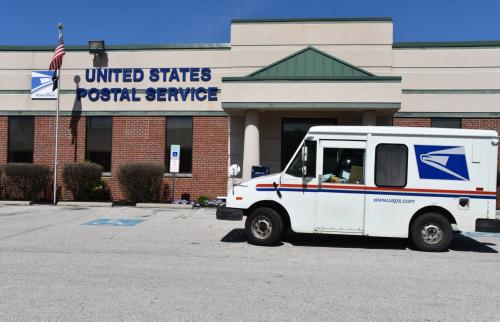For far too long, ZIP codes have had the power to shape people’s access to opportunity, upward mobility, and even how long they live. This fundamental injustice—birthed from generations of spatially distributed structural racism—has only become more apparent and devastating amid today’s public health, economic, and police violence crises.
These crises are converging in neighborhoods that have long wrestled with concentrated hardship, preying upon legacies of residential segregation, environmental racism, and economic exclusion. As communities of color contract and die from COVID-19 at higher rates, experience disproportionate job and income losses, see their small businesses close without sufficient support, and face ongoing police violence, we are witnessing a new inflection point against the systematic disinvestment of communities. Many are demanding to know: Is this the time we’ll actually do something about it?
This paper argues that without economic recovery in communities facing disproportionate structural harm, there can be no real recovery at all. For our cities, regions, and nation as a whole to emerge stronger from this crisis, we must not only address the symptoms of disinvestment that COVID-19 has magnified, but holistically tackle their systemic root causes through locally empowering community investment. To this end, we provide guidance for community, city, and regional leaders to work across multiple levels of governance and policy domains—bridging community, economic, and workforce development efforts, among others—to advance community-led recovery strategies that address persistent structural inequities and expand community wealth and opportunity over the long term.
We do so using concrete experiences and lessons learned from an integrated, community-led economic recovery effort in South Los Angeles. In many ways, South Los Angeles is a microcosm of the place-based injustices that have long gripped our nation, as it wrestles with long-standing legacies of disinvestment, physical destruction, over-policing, mass incarceration, and entrenched economic exclusion and requires holistic relief to remedy this harm.
It’s long past time for a different approach
Past economic recovery approaches have made few dents in the systematic exclusion of people and places carried out over generations—and, in fact, have often exacerbated them.
This can partially be attributed to a disconnect between decisionmakers, impacted communities, and the resources and approaches needed to dismantle persistent and emerging place-based inequities. Community-based organizations have long engaged in place-based efforts to improve conditions in neighborhoods, but are often under-resourced and constrained by larger policies and investment structures over which they have little control. For instance, city and regional transportation, economic development, and land use policies and investments aren’t typically designed to remedy the destructive effects of discrimination and disinvestment. When they do claim to support these aims, they are often triggered by government programs or private firms, anchor institutions, and organizations looking for a development site, garnering legitimate fears of resident displacement and exclusion from economic opportunity. This disconnect often prevents public sector, private sector, and community-based economic development efforts from advancing community-led priorities and holistically investing in people, community assets, and community wealth.
True economic recovery demands a more integrated, community-led, place- and people-centered approach—one designed to build upon community strengths and break down the structural inequities that have left communities like South LA disconnected and disenfranchised for far too long.
Steps to advance community-led economic recovery in places confronting structural inequities
- Target the historical and current structural injustices attached to place: Universal recovery models (those that are agnostic to race and place) often do not yield inclusive results and have led to uneven and partial recoveries that perpetuate economic exclusion. To prevent this from happening in South LA, community leaders built cross-sectoral consensus for prioritizing recovery efforts in select geographic areas with documented structural inequities and undervalued strengths, and are ensuring that trusted organizations with deep ties to the community facilitate these efforts.
- Value, invest in, and build upon places’ assets, strengths, and local capacity: Only focusing on place is not enough to ensure communities benefit, and simply infusing capital into neighborhoods does not address systemic inequities or support communities’ strengths. South LA community members identified tangible neighborhood assets—including underutilized commercial corridors, undervalued Black-owned businesses, and job training and education facilities—in which to invest, as well as intangible assets such as community-led art projects and community-based organizations to support with resources and capacity-building.
- Work across multiple levels of governance to connect people with local, citywide, and regional economic opportunity: Conditions in neighborhoods are shaped by public policies, structural inequities, and market realities that take place outside of them. To connect South LA residents and small businesses with the regional economic resources and opportunities needed to thrive, South LA leaders brought together actors from multiple levels of governance, disciplinary siloes, and sectors – including those that may not consider their work “place-based”—and challenged them to take ownership of interconnected strategies to build community wealth.
- Tackle the interconnectedness of places’ challenges with holistic solutions: Recovery efforts must address the interconnected nature of place-based challenges facing communities, whether it be overcrowded housing that exposes them to COVID-19 or the lack of good and accessible jobs. No single intervention or policy shift can fully address the interrelated nature of structural harm, nor can one sector (namely, nonprofits with limited funding and capacity) be expected to remedy this harm. South LA stakeholders designated partners across sectors to take on strategies tailored to residents’ and small businesses’ intersecting challenges and identified funding sources to implement holistic efforts to support small businesses, thriving districts, and pathways to opportunity.
- Advance a long-term theory of change: Transformative recovery strategies require policy and practice shifts in multiple domains and sectors that will unfold over varying timelines. To ensure that South LA’s larger goal—the eradication of institutional barriers to equity and inclusion—was not lost amid phased strategies, stakeholders identified accountability structures to remain action-oriented, equitable, and directly responsive to impacted communities.
Recent events have made it devastatingly clear that the nation’s collective path forward cannot lead us back to the status quo. An economy in which entire communities, neighborhoods, and geographies are systematically excluded from opportunity is not sustainable. Failing to recognize this fundamental truth will threaten the vitality of not only those systematically excluded places, but the cities and regions in which they are located, and, ultimately, our nation as a whole.
Cover photo source: ATOMIC Hot Links via Flickr, CC BY 2.0
The Brookings Institution is committed to quality, independence, and impact.
We are supported by a diverse array of funders. In line with our values and policies, each Brookings publication represents the sole views of its author(s).


